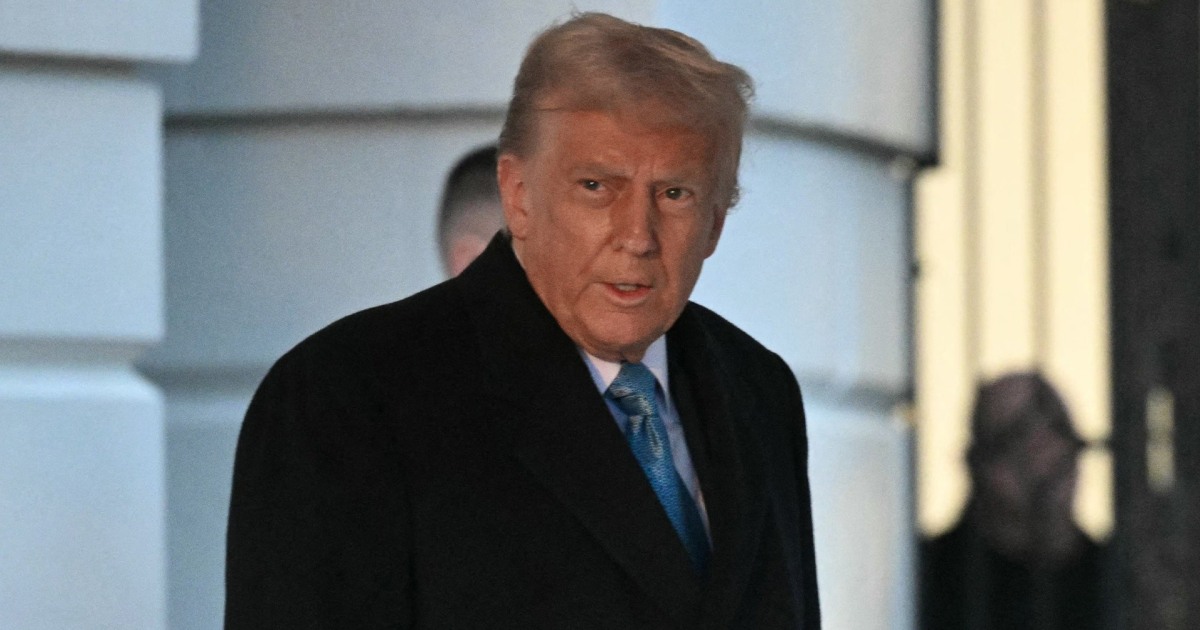Unpacking the Financial Fallout: How Trump’s Tariffs Could Hit Your Wallet
As President Trump’s proposed tariffs loom large over the economy, many consumers and businesses are bracing themselves for what could be a significant financial fallout. The potential price hikes stemming from these tariffs could impact everything from everyday groceries to larger purchases like vehicles and electronics. Understanding the ripple effects of these tariffs is crucial for consumers looking to navigate an uncertain economic landscape.
What Are Tariffs and Why Do They Matter?
At their core, tariffs are taxes imposed on imported goods. They serve as a tool for governments to protect domestic industries from foreign competition, encourage local production, and generate revenue. However, the implications of imposing tariffs can be far-reaching, affecting prices for consumers and businesses alike.
When tariffs are enacted, the immediate effect is often an increase in the cost of imported goods. As businesses face higher costs, they may pass those expenses onto consumers, leading to price hikes across a range of products. This phenomenon can create a cycle where consumers pay more, businesses experience shifts in demand, and the economy adjusts to the changes.
The Direct Impact on Consumer Prices
The proposed tariffs by President Trump focus on various sectors, including steel, aluminum, and a range of consumer goods. Here’s a closer look at how these tariffs could directly affect consumer prices:
- Electronics: Many electronics are produced overseas, particularly in countries like China. Tariffs on these products could lead to higher prices for items such as smartphones, laptops, and televisions.
- Home Goods: Tariffs on imported furniture and appliances might lead to increased costs for consumers, making it more expensive to furnish homes.
- Automobiles: The automotive industry is highly globalized. Tariffs on imported vehicles or parts could raise prices for consumers, affecting both new and used car markets.
- Food Products: With agricultural tariffs, consumers could see higher prices for imported foods, such as fruits, vegetables, and dairy products.
These direct price increases can strain household budgets, especially for families already facing tight financial constraints. The overall effect could lead to reduced consumer spending, which is a critical driver of economic growth.
Broader Economic Repercussions
The financial fallout from Trump’s tariffs extends beyond individual price hikes. The broader economy can experience several consequences:
- Supply Chain Disruptions: Many businesses rely on an intricate web of suppliers, often spanning multiple countries. Tariffs can disrupt these supply chains, causing delays and increasing costs, which might ultimately lead to job losses.
- Inflationary Pressures: As consumer prices rise, inflation can become a concern. Higher inflation erodes purchasing power, forcing consumers to make difficult choices about spending.
- Market Uncertainty: Businesses thrive in stable environments. The unpredictability surrounding tariffs can lead to cautious spending and investment, ultimately slowing economic growth.
Who Stands to Gain and Who Stands to Lose?
While tariffs aim to bolster domestic industries, they can create a mixed bag of winners and losers:
- Domestic Manufacturers: Companies that manufacture goods in the U.S. may benefit from reduced competition from foreign imports, potentially leading to increased sales and job growth.
- Consumers: Unfortunately, consumers are often on the losing end when prices rise. Families may need to adjust their spending habits, impacting their overall quality of life.
- Retailers: Retailers that rely heavily on imported goods may struggle with reduced margins and might have to pass costs onto consumers, resulting in lower sales.
Strategies to Mitigate Financial Impact
In light of potential price increases due to tariffs, consumers can adopt several strategies to mitigate their financial impact:
- Budgeting: Adjusting budgets to account for potential price hikes can help households prepare for changes in expenses.
- Shopping Smart: Keeping an eye on sales, discounts, and alternative brands can assist consumers in finding the best deals, even in a tariff-impacted market.
- Investing in Local: Supporting local businesses and products can help mitigate the effects of tariffs and bolster the community economy.
The Long-Term Outlook
The long-term consequences of Trump’s tariffs remain uncertain. While intended to protect American jobs and industries, the broader economic impact must be carefully considered. Historical data suggests that tariffs can lead to retaliation from other nations, resulting in a trade war that could further complicate economic dynamics.
As consumers, remaining informed and adapting to changes in the marketplace will be crucial. Whether through budgeting smarter, being aware of market trends, or seeking out local alternatives, proactive measures can help cushion the blow from potential financial fallout.
Conclusion
In conclusion, as the implications of Trump’s tariffs unfold, it’s clear that both consumers and businesses need to brace themselves for the potential financial fallout. Price hikes in everyday goods and services could strain household budgets and lead to broader economic challenges. However, by staying informed and adopting strategic purchasing habits, consumers can navigate this uncertain landscape more effectively. The road ahead may be fraught with challenges, but with awareness and adaptability, individuals can better prepare for whatever economic changes lie ahead.
See more CCTV News Daily
